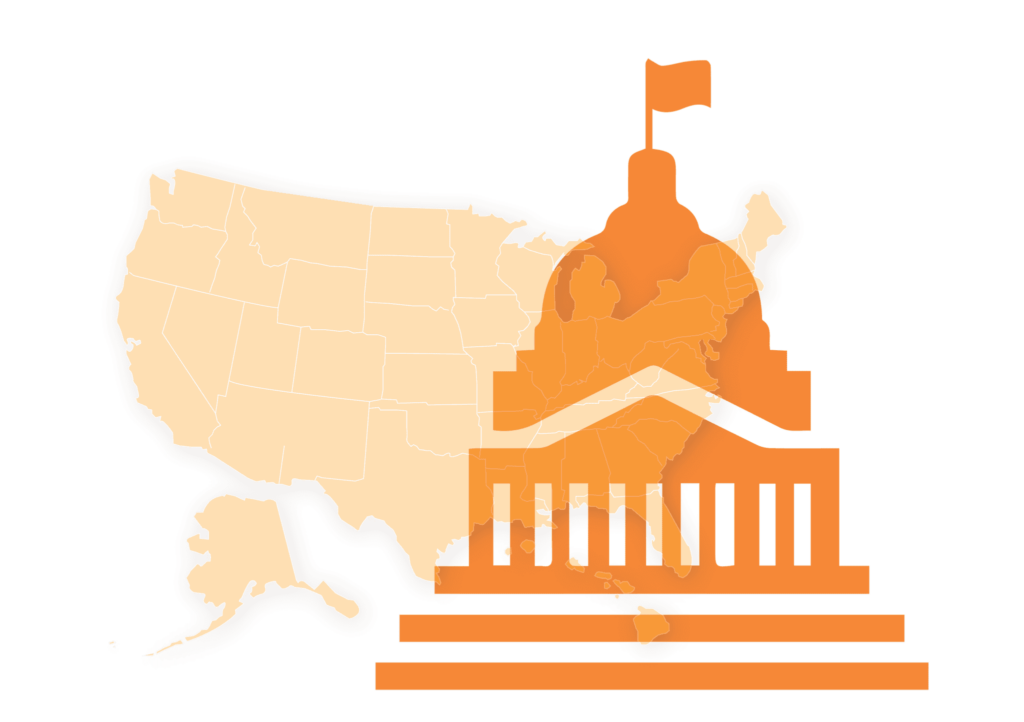We appreciate the Biden-Harris Administration’s commitment to securing additional resources to address the significant impacts of COVID-19, including through the American Rescue Plan Act (ARP). The COVID-19 pandemic laid bare the long-standing systemic inequities within our school systems that result in racial, social, and economic inequalities, all of which have only been further exacerbated by the pandemic. Although they have experienced multiple disruptions and traumas – including online or hybrid learning models, the lack of consistent peer and school staff relationships, the loss of loved ones, and the overarching sense of uncertainty of what the future holds – students and their families have demonstrated incredible levels of resiliency in the face of this crisis. Their resilience, however, cannot belie the reality that they need and deserve additional support, especially for students who must contend with the dual crises of the pandemic and systemic oppression.
Students living in poverty, students with disabilities, students learning English, students experiencing homelessness, students in the foster care system, students who are incarcerated, students who are undocumented, Black and Brown students, Native students, and students who identify as LGBTQ+ have all faced, and will continue to experience, disproportionate challenges that impede their learning during the pandemic and in the future as we recover. This disproportionality is evident across many adverse experiences that disrupt learning. As a result, many students have navigated challenges on multiple fronts and face significant barriers to thriving in school. Food insecurity, unreliable access to remote learning technology, reduced access to student supports and education services, and homelessness as the result of familial unemployment and stress are just some of the elements that have played a role in disrupting and diminishing vulnerable students’ learning opportunities and growth. Further, racial inequities highlighted by both COVID-19 and ongoing racial violence against Black Americans cause additional stress and anxiety for students of color and expose some of the additional daily challenges they face.
The pandemic will have a long-term effect on student learning, outcomes, and experiences, and it is important that we make investments that will advance racial, economic, and educational equity. To that end, we urge you to include the following in the Administration’s FY23 budget proposal:






 November 06, 2023 by
November 06, 2023 by